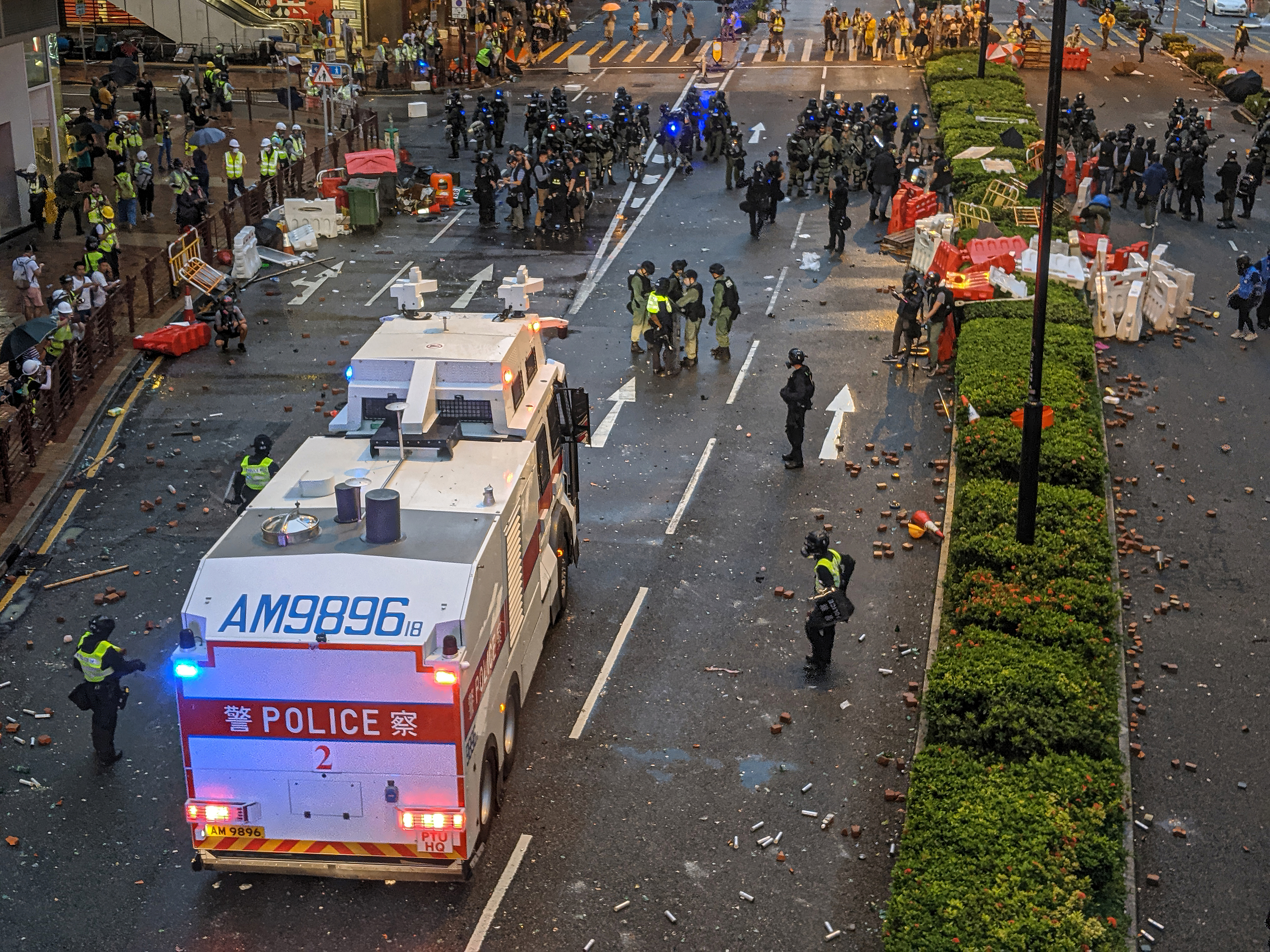By Oliver Kaplan for Denver Dialogues.

Recent months have seen many tragedies for civilians both in and out of war zones, yet there is also at least one bright spot for civilians. There is a new policy that, despite its boring-sounding name, has the potential for wide-ranging impact and protection of civilians. On July 1, 2016, President Obama signed a new Executive Order, “United States Policy on Pre- and Post-Strike Measures to Address Civilian Casualties in U.S. Operations Involving the Use of Force.” The Order was developed for both instrumental (casualties are counter-productive to national security interests) and moral reasons (protecting civilians is the right thing to do).
News headlines focused on the Executive Order’s reporting of drone strikes “outside areas of active hostilities” (i.e., non-war zones) and related non-combatant and combatant casualties (widely perceived to be undercounted). And it does promise greater future accountability for drone operations. But its little-heralded civilian protection directives are much broader and likely even more important. In my reading, the Executive Order promotes civilian protection through four key elements:
- Institutionalizing protection. The Order emphasizes and recommits the United States to uphold and promote core principles of the Law of Armed conflict (or International Humanitarian Law, IHL), such as “necessity, humanity, distinction, and proportionality.” Although an Executive Order is easier to overturn than a law, it is institutionally “sticky” since attempts to remove this kind of directive in the future could be unpopular—it’s hard to be a president who calls for fewer civilian protections.
- Protection best practices. The order calls for the military to translate these institutionalized aims into bureaucratic directives—specific protection policies and procedures. It calls for protection through initiatives such as training of personnel, better field intelligence and battlespace awareness, technological capabilities that enable the discriminate use of force, and precautions in conducting attacks. These are what the International Committee of the Red Cross (ICRC) calls “integration” activities that put IHL into practice. It also involves counting and investigating incidents to “mitigate the likelihood of future incidents.” Past examples of protection reforms include the reining in of special forces in Afghanistan and implementing non-lethal means to stop drivers from running roadblocks in Iraq.
- Amends for victims. When mistakes are committed by US forces, the policy calls for “US Government responsibility for civilian casualties and offer[ing] condolences, including ex gratia [amends] payments.” In requiring payments to victims, the Order also has the potential to push commanders to pay more attention to civilian casualties through their bottom line and the emotional weight of payment ceremonies.
- International engagement. The policy’s push for international networking has the greatest potential impact. For its shortcomings, the US military already has many legal and procedural protections to minimize civilian casualties. Unfortunately, this cannot be said for all of the United States’ allies (or enemies). The Order therefore calls for the sharing of lessons about how to better protect civilians—not just among US officials, but among partner militaries as well. The recent bombings of MSF hospitals in Yemen, including by the Saudi Arabian-led coalition, underscore the need for such information sharing and persuasion.
The US gets its fair share of criticism for mistakes on the battlefield, as it should. Last year, US forces mistakenly bombed a Doctors Without Borders (MSF) hospital in Kunduz, Afghanistan. And there are now reports of high civilian casualties as a result of recent US airstrikes against ISIS in Manbij inside Syria. Watching the news has certainly not been easy as of late. But President Obama and the United States are also setting a crucial example, as the new Executive Order is progressive and promising. We can’t start implementing its principles soon enough. As scholars increasingly focus on civilian protection and nonviolent action in war zones, academic research can contribute to the development, evaluation, and diffusion of these civilian protection policies.







1 comment
I have to say I don’t see anything concrete in the report of the executive order. Therefore I have to entertain the possibility that it is simply a whitewash, that no one is actually being ordered to do any actual thing, and that assassination with considerable collateral damage will continue to be the US practice.